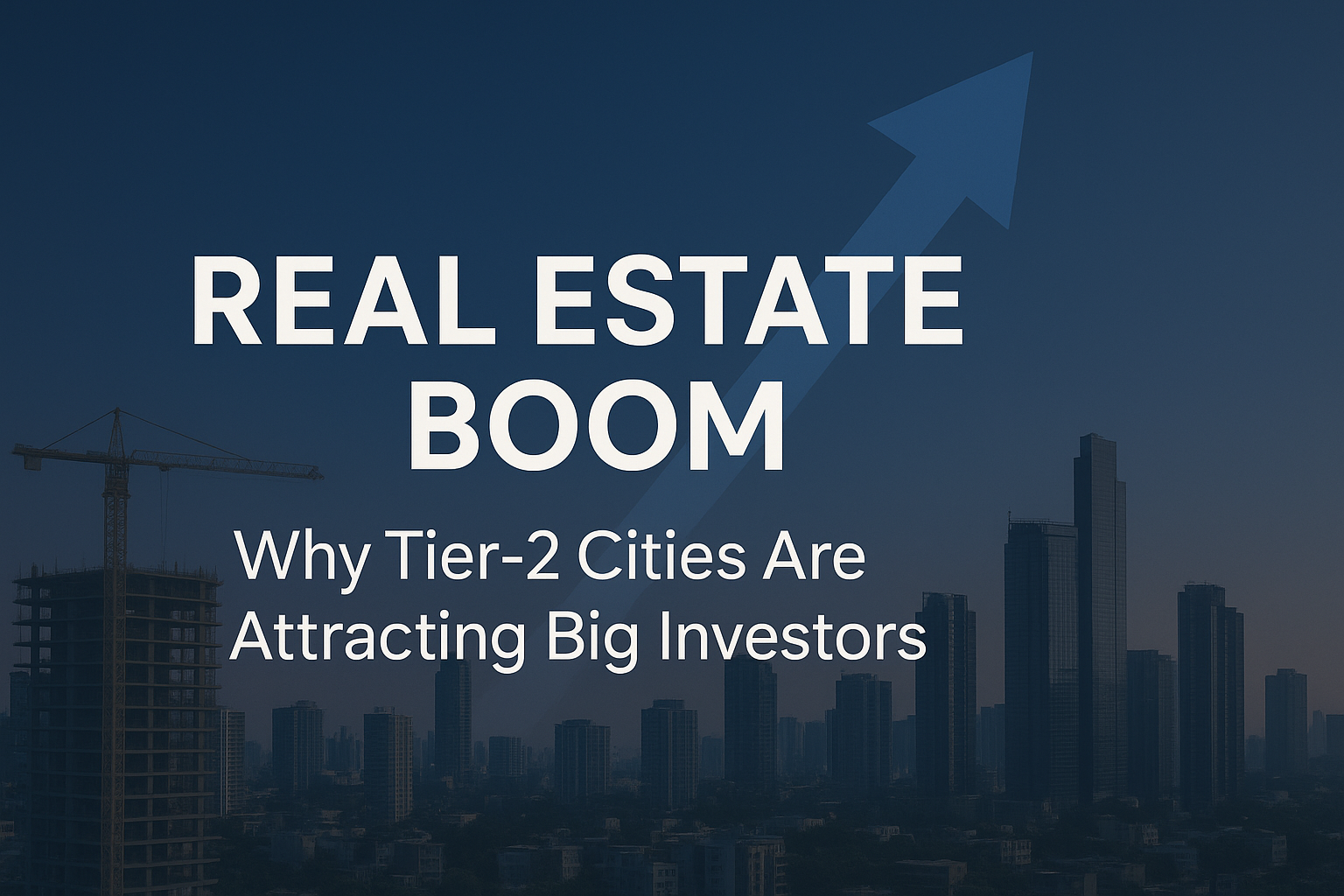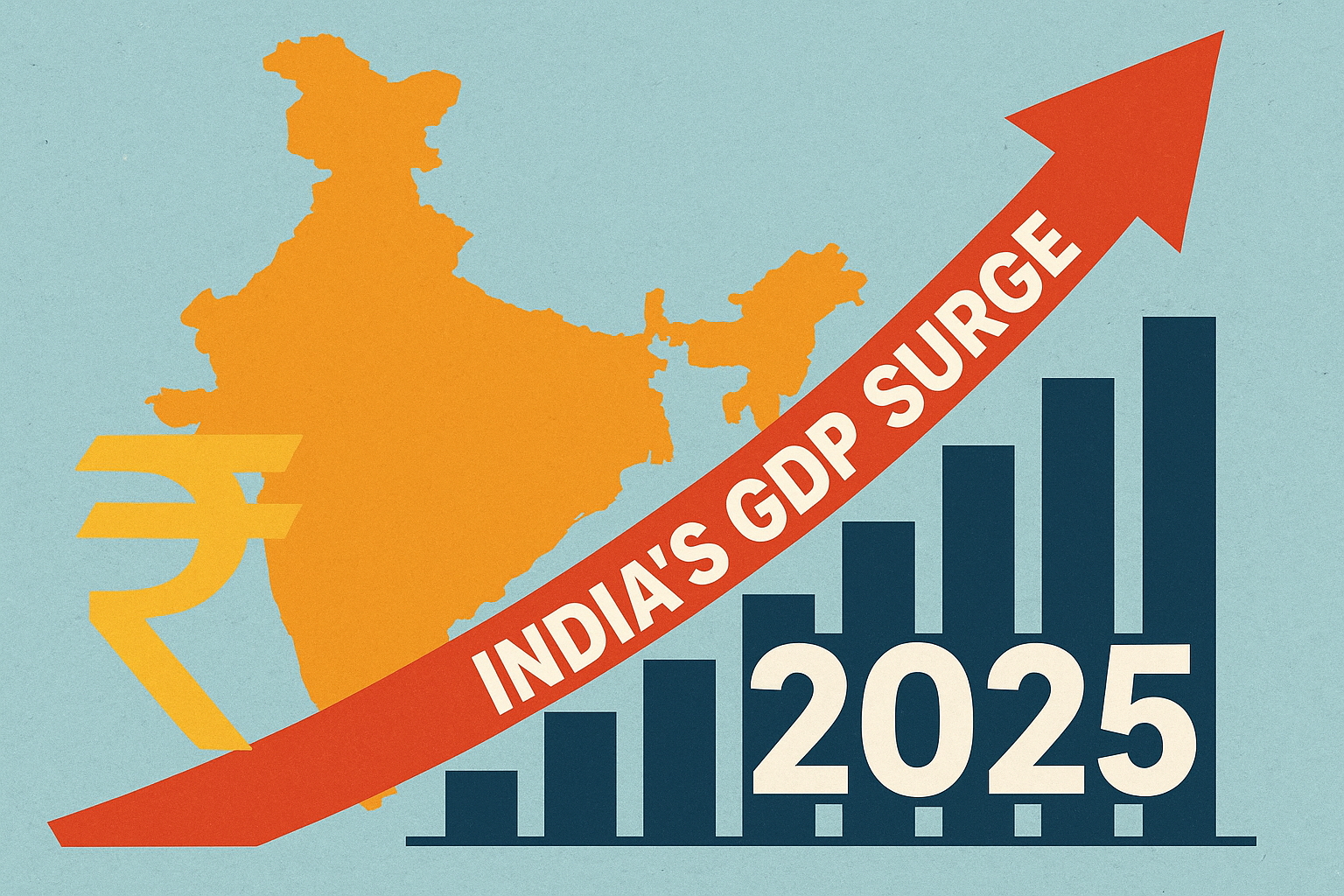The RBI monetary policy 2025 is a tale of two positive sides: rising growth and falling inflation. After facing the highs of inflation and global uncertainty for a long time, the Indian economy is now showing signs of strength and stability in the overall economy.
Recently, the Reserve Bank of India (RBI) announced a few changes to boost the economy and keep prices under control.
These policies are aimed at making loans cheaper, increasing the inflow of capital, and supporting steady growth. With this move, the RBI has opened the door for stronger economic momentum. But what do these changes bring for consumers, banks, and businesses?
This blog will help you understand the insights of RBI monetary policy 2025 and how it’s designed to impact inflation, credit availability, consumption, and overall economic growth.
Key Insights of RBI Monetary Policy 2025
- Repo Rate Cut: The RBI reduced the repo rate (the rate at which banks borrow from the RBI) twice in the past three months, by 25 basis points in April and another 50 in June, bringing it down from 6.00% to 5.50%. This means banks can now borrow money more affordably, allowing them to offer loans to consumers and businesses at lower interest rates.
- Reverse Repo and Bank Rates Reduced: Along with the repo rate, the reverse repo rate and bank rate were also lowered, which creates a broader push to facilitate and ease the borrowing conditions further for banks and consumers.
- Cash Reserve Ratio (CRR) Reduced: The CRR is the percentage of deposits banks must keep with the RBI. This was reduced in phases from 4.00% to 3.00%. With this reduction, this freed up around ₹2.5 lakh crore, allowing banks to lend more money into the economy.
- Monetary Policy Stance: After aggressively cutting rates, the RBI announced a shift to a “neutral” policy stance. This signals that it will now wait and watch how the economy responds before making further changes.
These key changes are primarily intended to make credit cheaper and more abundant. In effect, banks will have more funds to lend and will earn less by keeping funds with the RBI. In return, this will encourage them to extend cheaper loans. Let’s see how these rate changes will impact the country’s inflation rate and overall economic growth.
Impact on Inflation
India’s inflation rate is currently well under control, sitting at around 3.2%. Various factors have contributed to this:
- A good harvest season keeps food prices stable
- Weakness in global oil and commodity prices
- Better supply chain management and lower input costs
Because of this, the RBI now expects to reduce its inflation forecast for FY26, from 4% to 3.7%. This reduction in rate indicates a strong confidence that prices will stay stable.
When the RBI reduces interest rates or releases more liquidity into the banking system, it directly impacts both inflation and credit off-take.
Lower interest rates indicate banks can borrow from the RBI at cheaper costs. This allows them to reduce lending rates for consumers and businesses. As a result, people are more likely to take loans for homes, cars, education, or business expansion.
This increase in borrowing and spending can boost demand in the economy, but if this is not accompanied by an equal rise in supply, it can lead to higher prices, i.e., inflation. However, as per the RBI Inflation Outlook 2025, inflation is already at its base, and supply conditions are strong, so the RBI believes that demand driven by inflation will remain under control.
On the other side, there is credit off-take. A reduction in the Cash Reserve Ratio (CRR) provides banks with more access to funds and other monetary inflows. With more liquidity and lower lending rates, banks are better positioned to lend more freely. This supports higher credit off-take, especially in sectors like real estate, MSMEs, infrastructure, and consumer goods. Moreover, this credit push helps boost economic activity, investment, and job creation, leading to stronger GDP growth without causing a spike in inflation.
Outlook for Economic Growth
The RBI’s main goal in 2025 is to support India’s economic growth, especially through more credit, investment, and consumption. The RBI kept its GDP growth forecast for FY2025–26 at 6.5% but noted that actual growth has been slower than expected. While rural demand stayed strong, urban spending and business investments were weaker, mainly because of global uncertainties. Hence, the rate cut happened.
When the inflation rate stays in control, more credit and investment opportunities arise in the economy. In effect, consumption and spending rise, leading to overall GDP and economic growth. Simply put, more economic activity means higher GDP.
At the same time, the Consumer Price Index (CPI) tends to stay under control if supply is stable and the increase in demand is gradual. In 2025, the repo rate and inflation in India are low, giving the RBI space to boost growth without pushing prices too high.
The balance here is that when monetary policy increases credit availability without over-boosting prices, it creates a sweet spot where GDP rises, CPI stays stable, and thus, economic growth becomes sustainable.
Takeaway
In short, the RBI’s 2025 policy takes a growth-friendly approach while keeping inflation in check. By cutting down on the key economic and financial ratios, the RBI is making it easier for banks to lend, which should boost spending and investment. Analysts expect GDP to grow around 6–7% in FY26, with inflation staying between 3–4%. This signals a shift from the tighter policies of previous years to a more flexible and economy-favorable approach. Moving to a “neutral” stance means the RBI will now wait and see how the economy responds while aiming for a balanced recovery of economic growth.
- Make in India 2.0: How Manufacturing Is Reshaping Market Sentiment - December 13, 2025
- Real Estate Boom : Why Tier-2 Cities Are Attracting Big Investors - December 12, 2025
- India’s GDP Surge 2025: What the New Growth Numbers Mean for Markets - December 9, 2025





